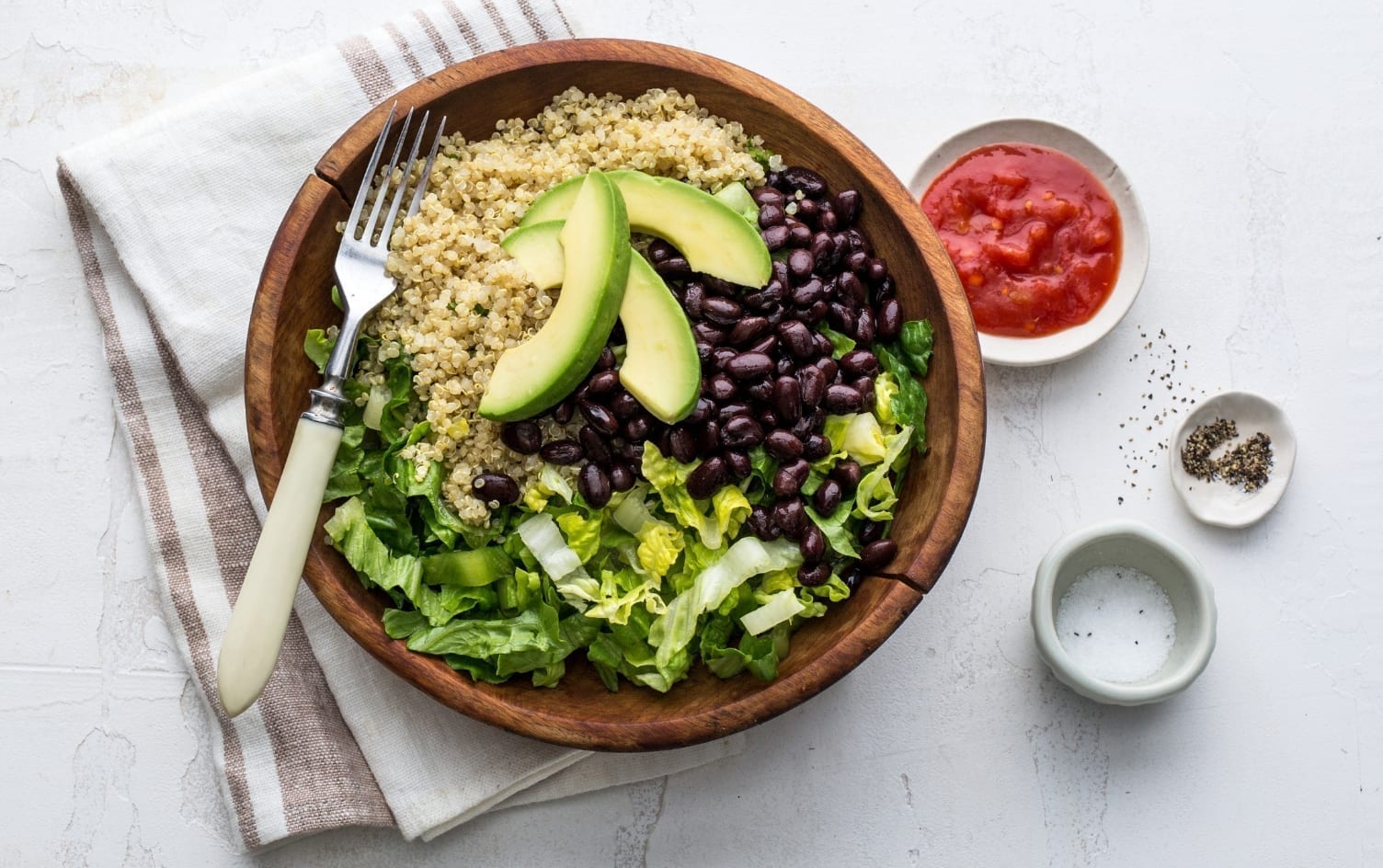In the quest to eat for weight loss, it’s natural to want to get the most nutrient-dense, low-calorie, high-protein bang for your buck. That’s why you’ll often hear the term complete or incomplete protein. However, this label may not mean much for your health.
Here, a look at what makes something a complete protein, how it affects vegetarian and vegan diets and what sources you should prioritize.
HOW ARE THESE PROTEINS DIFFERENT?
A food that is deemed a “complete” protein has all the essential amino acids the human body needs but can’t produce on its own. This stands in contrast to an “incomplete” protein, which typically lacks one or two key amino acids. Amino acids are the building blocks the body uses to build and rebuild at all levels, from small cells to bigger tissues and organs.
Different food proteins contain varying levels of the 20 common amino acids. Of the 20, only nine are considered essential, and we must get them from food. All animal products (Think: eggs, meat and fish) are complete proteins but very few plant foods meet this criteria.
Vegetarian sources of complete proteins include quinoa, tofu, tempeh, seitan, edamame, soy milk, buckwheat and seeds such as hemp, chia and pumpkin. Some cheese, yogurt and other dairy products are also complete protein sources.
SHOULD VEGETARIANS BE CONCERNED?
For many years, the concept of complete protein helped point people toward high-quality animal proteins. However, it’s a common misconception that vegetarian and vegan diets will not satisfy our needs for essential amino acids.
A vegetarian or vegan diet can meet and even exceed protein needs provided you’re not being overly restrictive with your food and calories. You can get all your essential amino acids from plant foods by eating them in combination with each other. For example, grains are low in lysine and adequate in methionine. The opposite is true of beans. By eating rice and beans together, you’ve created a classic pairing that is a complete protein. Beans and grains work together so well that they appear in many traditional cuisines across the world.
In reality though, this pairing is tasty but not necessary. You don’t need to eat beans and rice in the same meal to get all nine essential amino acids. Protein metabolism is fluid and dynamic. The amino acids you get from food or from recycling old cells and tissues join up in a “pool.” This pool is freely available for all cells to tap into when they need it. In other words, vegetarians and vegans don’t need to worry about finding complete proteins or pairing different proteins at the same meal. They just need to eat a diet that contains a variety of plant proteins.
THE BOTTOM LINE
Don’t worry about the complete or incomplete label. Instead, both carnivores and vegetarians can benefit from eating high-protein plant foods from a variety of sources including legumes (e.g., black beans, kidney beans, lentils), whole grains, nuts and seeds.




